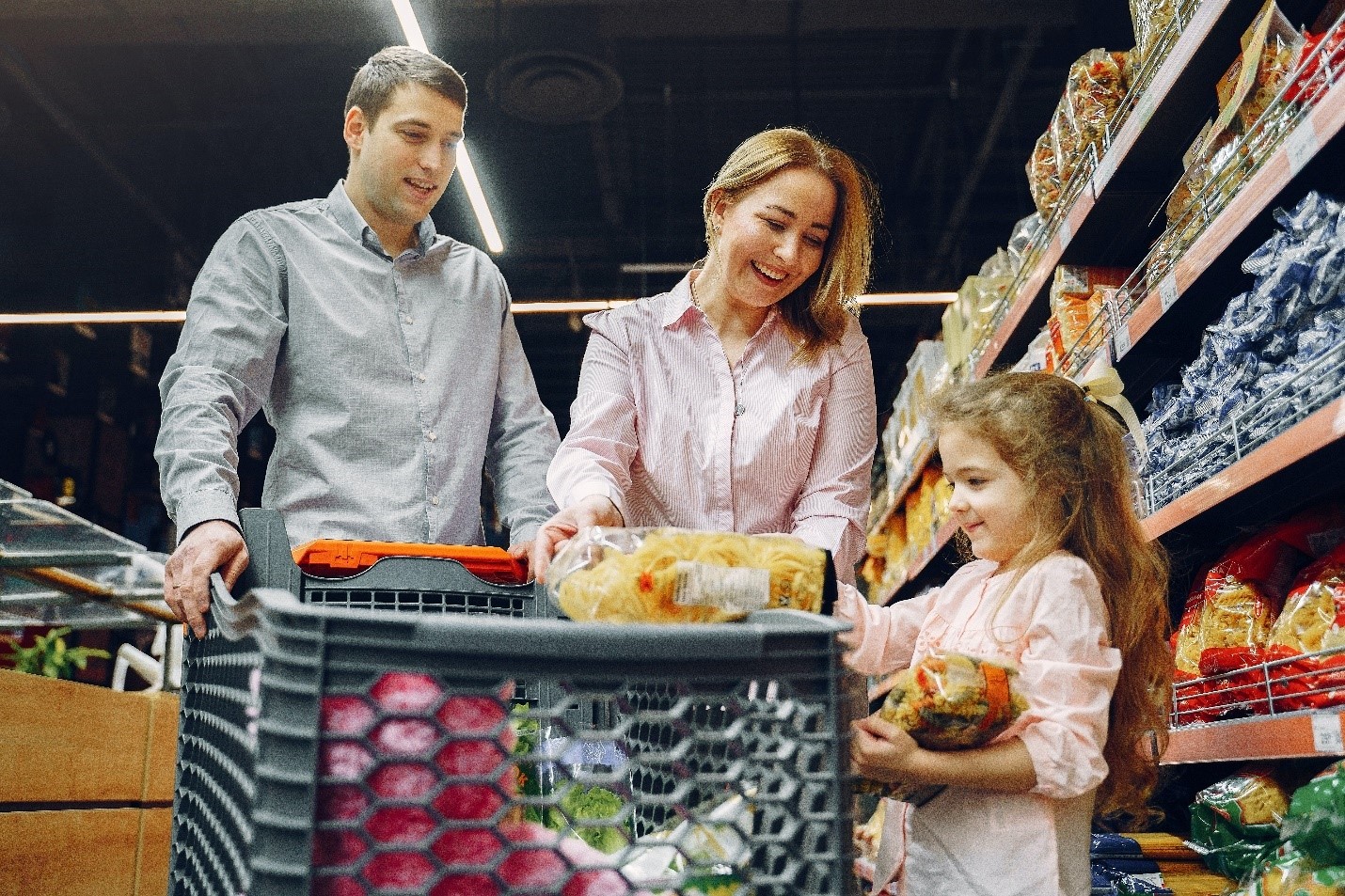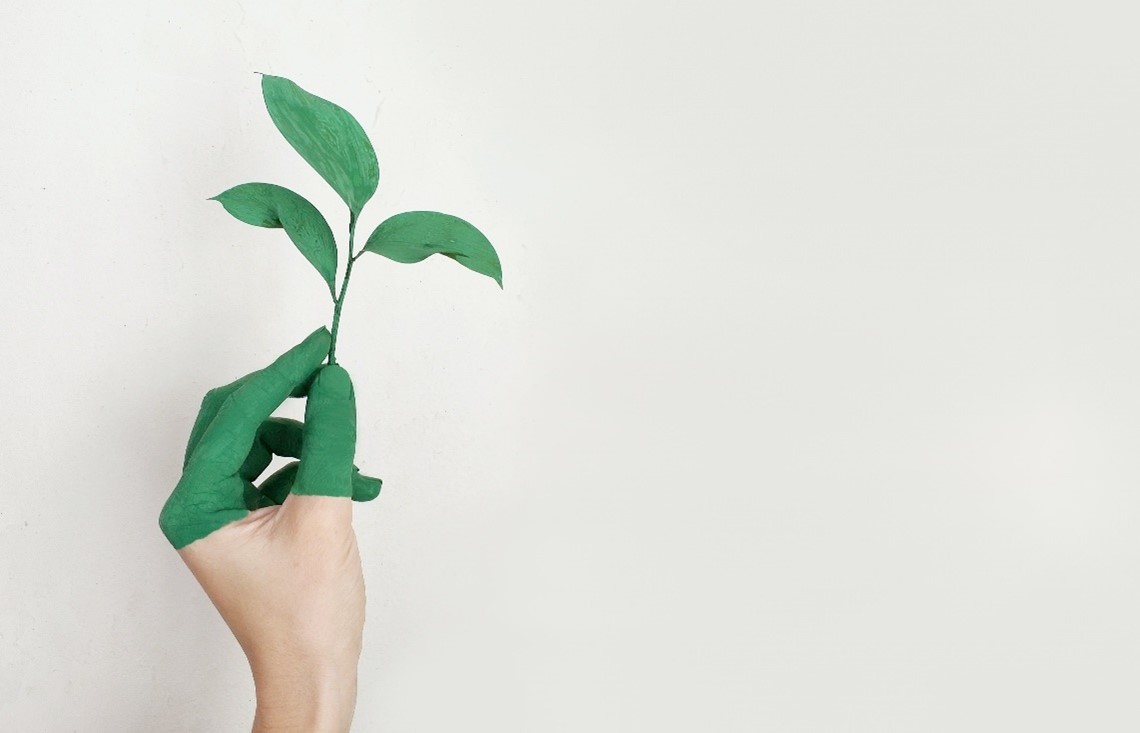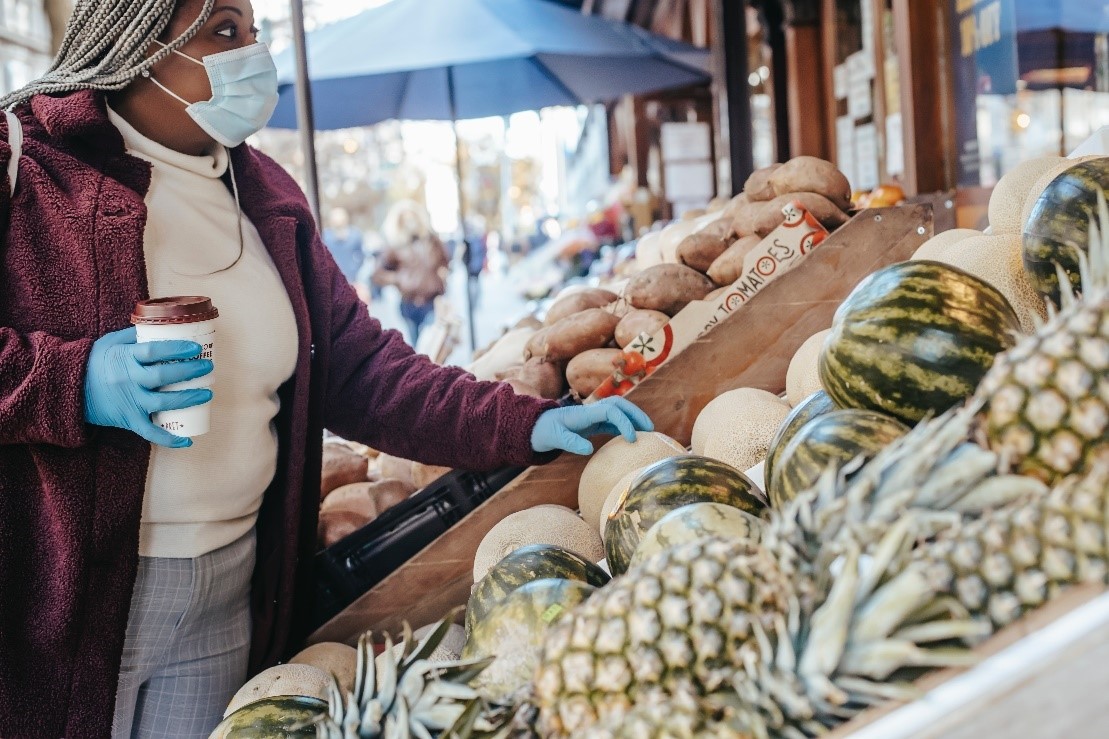Ecotrend Blog
Sustainability.
It's the thing most people want but is
bearish upon acting.
According to the Deloitte 2023 Retail Industry Outlook, three-quarters of Gen Z reported sustainability was more
important than the brand when making a purchase decision. This survey analyzed
the insights of 50 executives across $1+ billion companies. Along with higher
ESG (environmental, social, and governance), more diversity values (DEI) are
expected to be upheld by companies based on increasing diversity in the
population.
Challenges of Environmental
Social Governance
The pandemic forced many companies to
accelerate their technological advancements by three to four years (McKinsey, 2020). Most of the
workforce turned to remote work and relied on expedited delivery for material
goods (Amazon), groceries, and food (Uber, Doordash...etc.).
As such, seamless and frictionless all
remain buzzwords this year as things favoured by the person working behind the screen
and the end-user/consumer. The
Amazon
effect
is real on the retail
landscape and largely has to do with changing consumer expectations. Consumers
expect the retail experience to be as seamless and convenient as possible from
start to end. Although you might think increasing the delivery amount would be
worse for the environment, most
sustainable delivery options are lower in cost. Leading retailers could benefit
from using last-mile delivery partners that offer more
sustainable delivery
options.
Retail Store Growth Amidst E-commerce
Sprints
Social media has played a significant
role in terms of driving brand awareness. Smaller brands have an opportunity to
level up their market ownership with increasingly sophisticated technologies
and automation tools. Seamless and automated responses to customers are also
made available through apps like Messenger and WhatsApp.
Sustainability remains somewhat a
pipedream for many retailers because many decisions often lie further up in the
chain. When retailers receive products, they are at the end of a long and
complex supply chain. As the intermediary between a brand and the retailer,
Ecotrend has a strict vetting process to ensure that any brand or
product that lands at the retailer's door are environmentally conscious and
ethical. According to
Bain, 95% of GHG emissions in retail are indirect emissions that
retailers can't tackle without the help of upstream and downstream supply chain
partners. A way retailers can work with their supplier partners is to provide
more shelf space for alternative, eco-friendly products such as reusable
bottles, vegan products, or biodegradable containers. When more options are
available, this can also help positively influence the end user's perception of
natural products—from "alternative" to "normal." In the
U.S.,
one in five consumers relies on retailers to help them make more sustainable purchases, such as
through increased availability of eco-friendly products or marketing campaign
efforts.
Sustainability is becoming a critical
factor in the retail industry, with three-quarters of Gen Z considering it more
important than brand when purchasing. Despite the challenges of Environmental,
Social and Governance (ESG) faced by retailers, technology advancements sprung
on by the pandemic have opened new opportunities for better ESG practices. The
lingering Amazon effect has raised consumer expectations for a seamless and
convenient shopping experience. Despite the year-on-year growth of e-commerce,
retail shops remain critical, and companies are exploring building more of an
omnichannel presence. Technology has increased the number of potential
touchpoints to purchase; thus, retailers must find opportunities to stay
engaged with customers at all stages of their buying journey, whether through
social media, email marketing or in-store advertising. The rise of inflation
and price consciousness has made it harder for retailers to price discriminate,
and they must adapt to these changes to succeed in today's retail environment.
Ultimately, ESG is not only a responsible business practice but a wise
investment for the future of retail.
Batista, L., Larsen, A. T., Davis-Peccoud, J., & Häuptli, M. (2023,
January 6).
Sustainability in retail: Practical ways to make progress.
Bain. Retrieved February 10, 2023, from
https://www.bain.com/insights/sustainability-in-r...
Engdahl, S. (2008). Blogs. Amazon. Retrieved February 10, 2023,
from
https://aws.amazon.com/blogs/industries/in-the-ne...
How COVID-19 has pushed companies over the technology tipping point-and
transformed business forever
.
McKinsey & Company. (n.d.). Retrieved February 10, 2023, from
https://www.mckinsey.com/capabilities/strategy-an...
ICSC "Halo effect" study finds physical stores drive increase
in online traffic and Brand Awareness
.
ICSC. (n.d.). Retrieved February 10, 2023, from
https://www.icsc.com/news-and-views/icsc-exchange...
2023 retail industry outlook.
Deloitte United States. Retrieved February 10, 2023, from
https://www2.deloitte.com/us/en/pages/consumer-bu...
Matt_Belvedere. (2013, December 13). Seamless! why this buzz word
may save retailers
. CNBC. Retrieved February 10, 2023, from
https://www.cnbc.com/2013/12/13/seamless-why-this...
Pillars, A. (n.d.). Descartes' study reveals 62% of consumers
dissatisfied with retailers' sustainability efforts for delivery
.
Descartes. Retrieved February 10, 2023, from
https://www.descartes.com/resources/news/descarte...
State of Retail. NRF. (n.d.).
Retrieved February 10, 2023, from
https://nrf.com/topics/economy/state-retail
Wikimedia Foundation. (2023, January 29). Amazon effect.
Wikipedia. Retrieved February 10, 2023, from
https://en.wikipedia.org/wiki/Amazon_Effect
.
|






